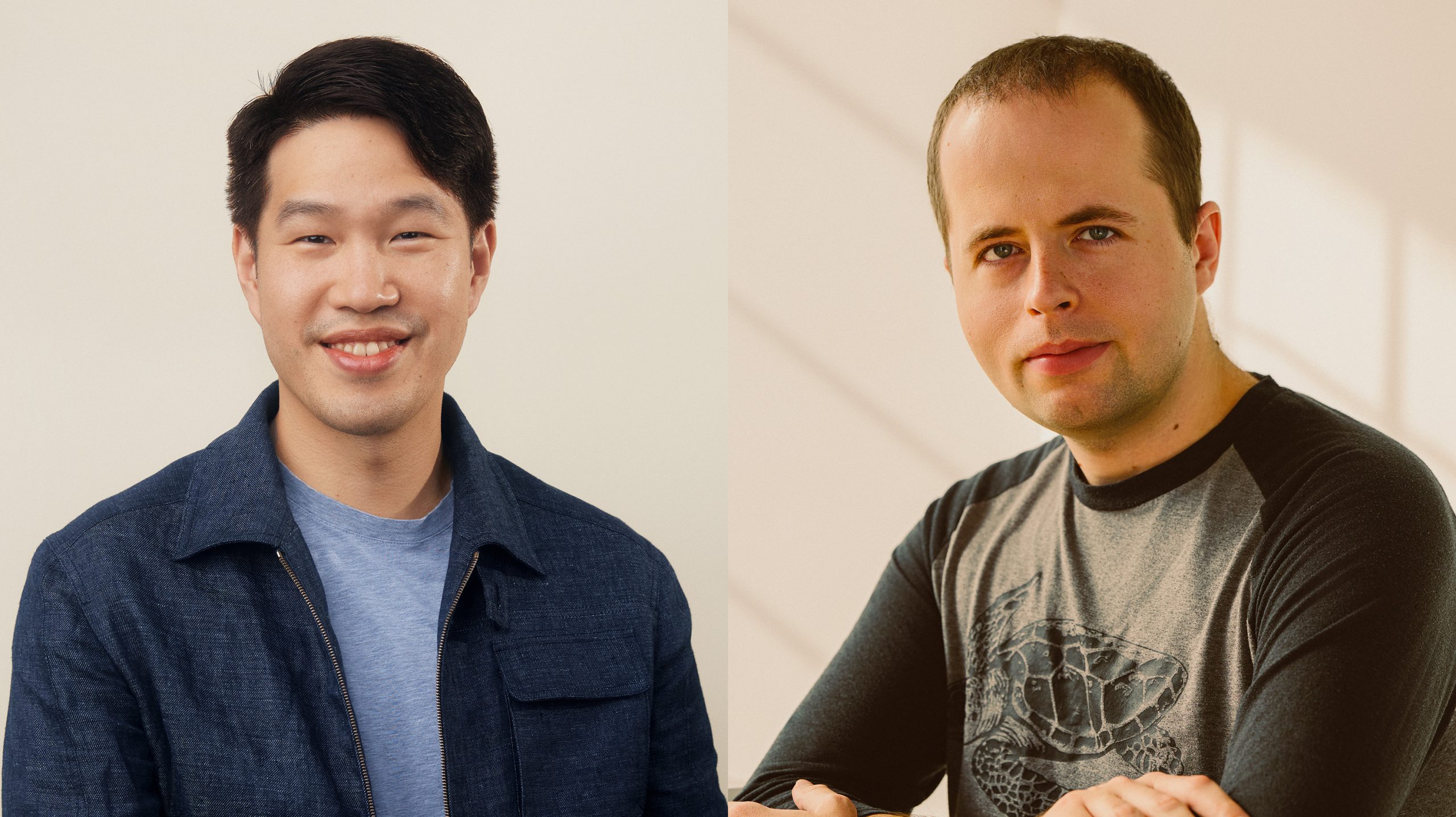While OpenAI CEO Sam Altman often dominates headlines with his public persona and strategic moves, the true architects of the company’s groundbreaking technological advancements are its twin heads of research, chief research officer Mark Chen and chief scientist Jakub Pachocki. These influential figures are quietly yet decisively shaping the trajectory of artificial intelligence, steering OpenAI beyond its public image towards a future defined by robust AI research and ambitious innovation.
Mark Chen, who joined OpenAI in 2018, is instrumental in managing the firm’s diverse research teams and has spearheaded pivotal projects such as the creation of DALL-E and the development of Codex. Complementing his expertise, Jakub Pachocki, who became chief scientist in 2024, is the visionary behind OpenAI’s long-term technical roadmap, particularly engineering the sophisticated reasoning models like o1 and o3 designed to master complex challenges in science, mathematics, and coding. Their combined leadership ensures OpenAI remains at the forefront of large language models and broader AI development.
A core tenet of their strategy emphasizes the foundational importance of coding and mathematics for developing more capable all-purpose models. This philosophy has yielded impressive results, demonstrated by OpenAI’s models excelling in prestigious programming competitions like the AtCoder World Tour Finals and achieving gold-medal-level scores in the International Math Olympiad. These significant achievements underscore their belief that mathematical and analytical prowess is critical for pushing the boundaries of AI capabilities.
The company’s evolution from a pure research lab to a product-driven powerhouse is evident, with OpenAI actively shipping new releases and updates, including advancements in its GPT-4 series and generative image models. This rapid commercialization occurs amidst a competitive landscape where rival tech giants like Google DeepMind are also making significant strides, highlighting the intense race to redefine what’s possible with cutting-edge artificial intelligence. The emphasis on practical application reflects a strategic shift from theoretical exploration to real-world impact.
Navigating the intrinsic tension between open-ended research and the demands of product development is a constant challenge for OpenAI. Pachocki articulates this dynamic as a necessary part of pursuing artificial general intelligence (AGI), where significant commercial products naturally emerge as “tangents” along the research path. This approach allows the company to continuously explore new frontiers while simultaneously delivering tangible technological advancements to a global user base, currently exceeding 400 million weekly users.
Chen and Pachocki also offer a pragmatic perspective on the elusive concept of AGI, defining it less as a singular, earth-shattering event and more as the cumulative ability of models to engage in “automated research” and exhibit “autonomous time”—the sustained productive progress on difficult problems without human intervention. This vision contrasts with previous discussions around AGI, grounding the grand ambition in observable, measurable advancements in current AI systems, particularly reasoning models that can chain knowledge effectively.
The conversation also touched upon the recent disbandment of OpenAI’s superalignment team, previously tasked with controlling hypothetical superintelligence. Both Chen and Pachocki assert that alignment is now integrated into the company’s core operations, shifting from a separate concern to an inherent part of developing functional and expectedly behaving models. They highlight that today’s alignment problems are “very practically motivated,” focusing on current model behaviors rather than purely theoretical future risks, signifying a mature approach to AI safety.
Ultimately, the collaborative yet distinct roles of Mark Chen and Jakub Pachocki underscore the complex operational realities of a leading AI company. Pachocki often focuses on the long-term technological vision, while Chen contends with the immediate demands of team management and company needs. This natural tension, rather than a disagreement, materializes as a dynamic interplay that drives OpenAI’s relentless pursuit of innovation, solidifying its position at the vanguard of the artificial intelligence revolution.






Leave a Reply